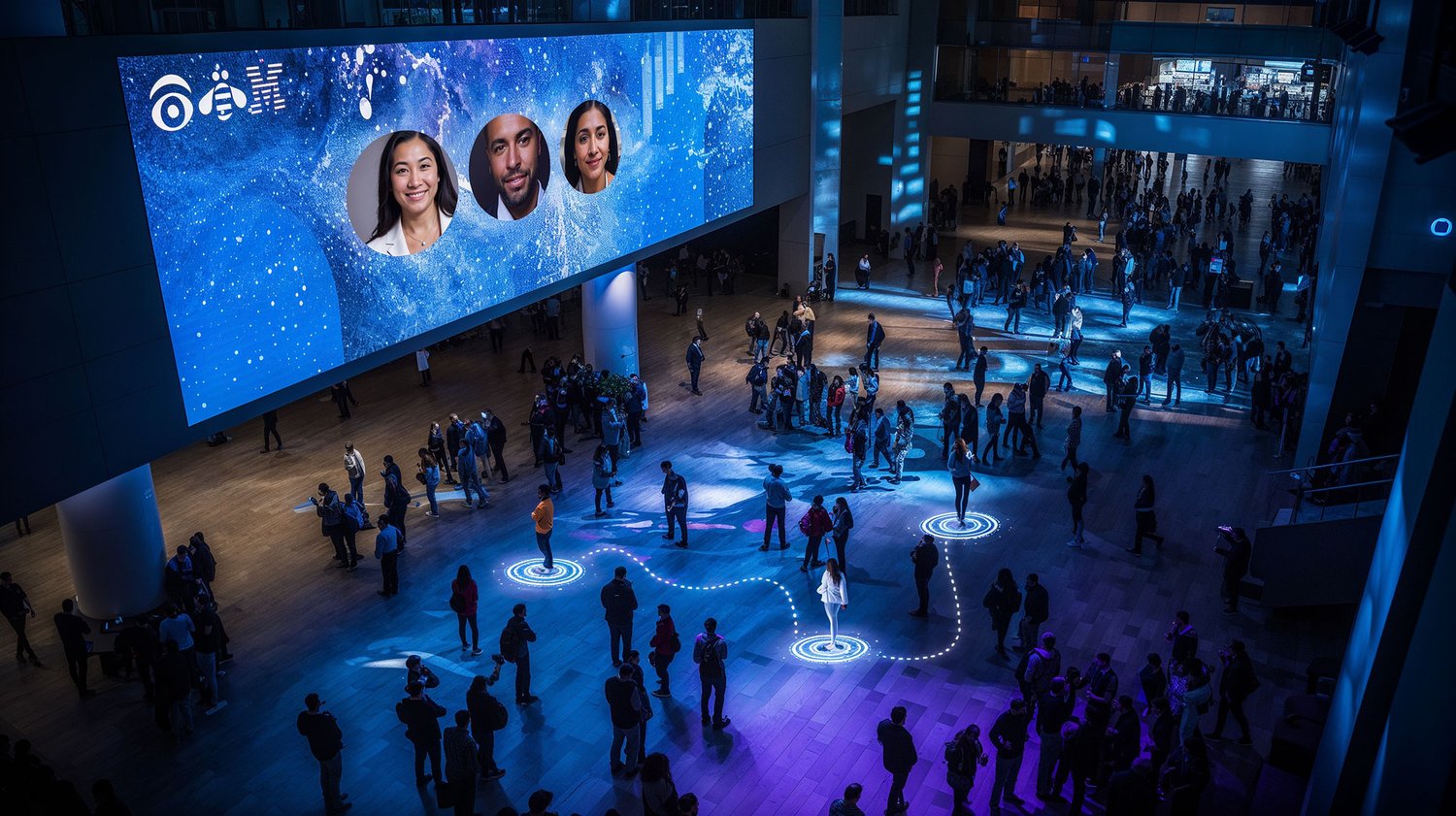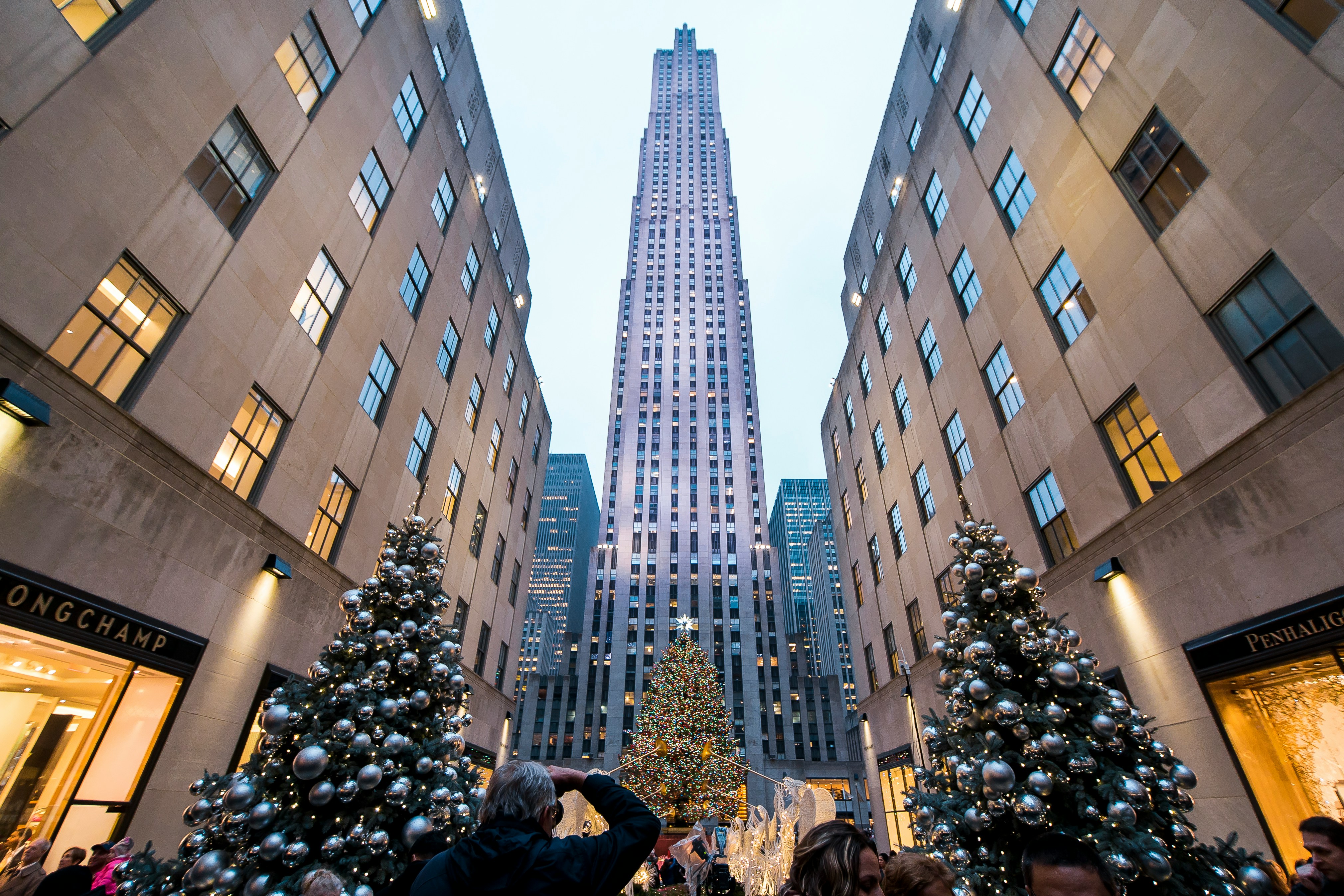I love transit. Truly, I do. I've worked with some of the most talented and dedicated people in the industry—people who manage systems so complex they make even seasoned project managers weep. Designing for these systems is the ultimate usability challenge. From analyzing frustrated tweets to navigating crowds of bewildered passengers in chaotic terminals, transit reveals the real-time friction points that keep me up at night (and waking with ideas).
Yet here's the hard truth: transit systems often lag behind the needs of our fast-changing cities and shifting user behaviors. Burdened by bureaucracy, massive infrastructure demands, and the slow churn of digital transformation, these agencies frequently fail to center the passenger in their design. Instead of empowering travelers with seamless, intuitive systems, we leave them to wrestle with delays, confusion, and moments of despair—all at the worst possible times.
Enter Thanksgiving: the perfect storm of packed terminals, epic delays, and collective misery. For those unfamiliar with the 1988 John Hughes classic Planes, Trains and Automobiles—hands down the best Thanksgiving movie ever—it captures this agony with uncanny precision. Neal and Del’s bumbling attempts to escape New York City mirror the reality of holiday travel. And as a designer, I can't help but turn their predicaments into "how might we" challenges. What interventions could have saved them—and thousands of others—from transit purgatory?
For designers, service strategists, and transit executives, this mindset is essential. Listening for pain points, synthesizing them into actionable systems, and creating scalable solutions is how we improve the passenger experience. And trust me, there’s still plenty of room for improvement. Even with apps, alerts, and digital dashboards, the chaos persists because the core issues—unclear communication, poor disruption management, and a lack of empathy—remain largely unaddressed.
As we head into another fraught holiday season, let’s explore the key transit pain points facing weary New York travelers in 2024—and what can be done to fix them.
Planes: JFK Terminal 4
Remember when JFK was ranked 59th among the world's top 100 airports? That’s not just a ranking; it’s a cry for systemic overhaul. A 2017 Airport Advisory Panel report didn’t mince words: inconsistent passenger experiences, overcrowded facilities, navigation nightmares, and inaccessible infrastructure. Seven years later, many of these problems still plague one of the busiest transit hubs in the world.
Flying out of JFK Terminal 4 this holiday season? Prepare for frustration. The ban on ride-hailing pickups has transformed the terminal into an endurance test. After landing, you’re shuttled 20 minutes to a poorly lit parking lot on the outskirts of Howard Beach—a scene straight out of Goodfellas. Your Uber driver is just as lost as you are, and the cold biting through your coat doesn’t help.
And the connectivity problem? Still glaring. There’s no direct train between JFK and Manhattan. The AirTrain to Jamaica could be a win, but instead, weary travelers are forced to fumble with MetroCards after long flights, making even this partial solution feel user-unfriendly.
Solutions? It’s time to prioritize seamless connections. Airports and airlines must define clear playbooks for disruption management, have scalable solutions ready for peak demand, and focus on passenger-centric design. Real-time wayfinding, predictive analytics, and staff empowered with the right digital tools can alleviate a lot of the chaos.
Trains: Penn Station
Penn Station is a masterclass in how poor design amplifies stress. Moynihan Train Hall offered a step forward, but its ticketed-only seating policy creates an elitist bubble while the majority of travelers are left to scramble in the overcrowded main concourse. Add confusing wayfinding, visual noise, and a glaring lack of seating, and you’ve got a recipe for frustration.
The core issue? Circulation—or the lack thereof. Massive open spaces fail to address passenger flow. The few available seats are in overpriced food courts, and the constant hum of disorganized movement adds to the chaos. And let’s not ignore the challenges of accommodating the unhoused population, who represent a critical design demographic in this area. Without cohesive city and state policies to address these needs, Penn Station’s design feels incomplete and exclusive.
What’s the fix? Focus on intuitive wayfinding. Reduce visual clutter (less advertising, more functional signage). Add stanchions for orderly queues, and invest in seating to restore dignity to all travelers. Design is about usability, not just aesthetics—when people know where to go, the whole system functions better. The ongoing Penn revisions should help, but for future stations, user requirements and visioning should be part of the original price tag.
Automobiles: Congestion Pricing’s Last Hurrah
Driving through Manhattan this year? Think again. With congestion pricing on the horizon, the city’s streets have turned into a last-chance free-for-all. Gridlock reigns supreme, and good luck finding gas—Manhattan’s gas stations have vanished, casualties of rising rents and evolving land use.
For the affluent, solutions like VTOL drones and Blade helicopters promise stress-free escapes. But for the rest of us, smarter mobility options are the real answer: reliable rail transit that emphasize convenience without chaos. If you want to reduce auto traffic, make the rail option easier, or reducing tolls during off-peak hours to load balance.
Final Thoughts: Why Leave NYC at All?
Transit is a complex dance of bureaucracy, technology, and human behavior, and fixing it requires leadership, collaboration, and a willingness to put passengers first. The best-performing systems worldwide are those that embrace passenger-centered methodologies, leverage real-time data for actionable insights, and incentivize teams to improve every aspect of the experience.
Yet here’s the thing: Why leave New York during the holidays? You can’t Airbnb your apartment anymore (thanks to overzealous hotel lobbyists and city council crackdowns), and your family’s holiday gathering will likely devolve into a political battleground where extreme voices from both sides of the spectrum will either cheer or cry.
Stay home. Order a bathtub-sized harvest grain bowl for the family, pour yourself a drink, and watch the transit chaos unfold from the comfort of your window. New York’s dysfunction may be legendary, but at least you don’t have to participate.
As Planes, Trains and Automobiles taught us, sometimes the best journey is the one you don’t take.




.png)
